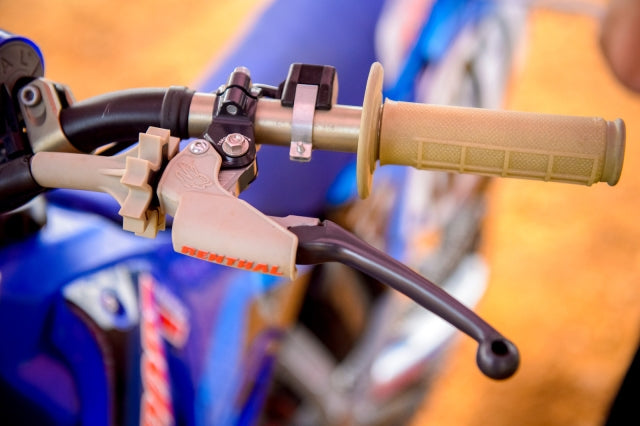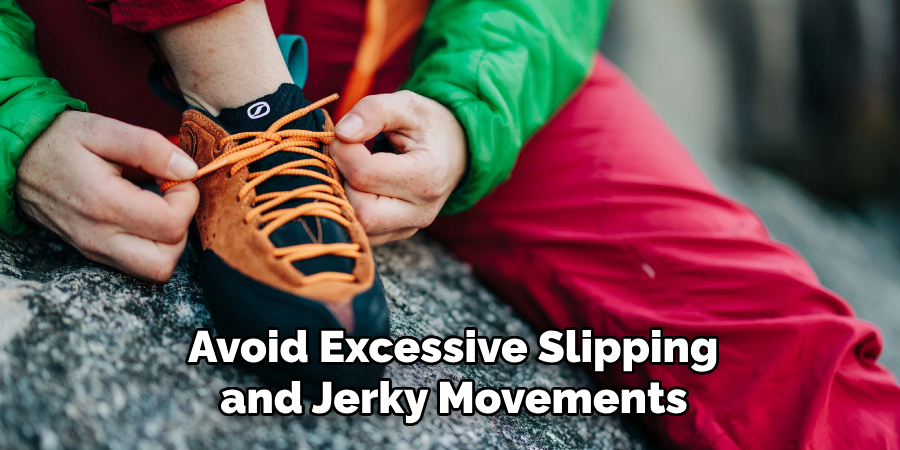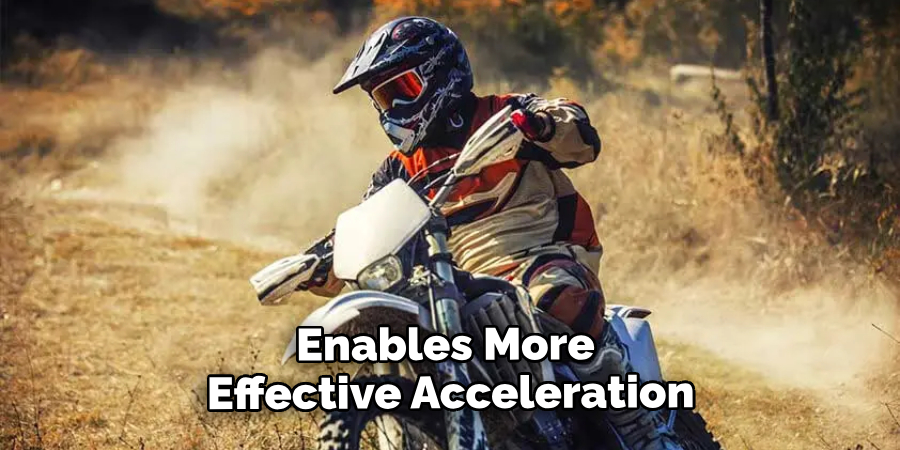To ride a clutch dirt bike, gradually release the clutch while simultaneously giving the bike throttle. When riding a dirt bike, it is essential to know how to properly engage the clutch.
By gradually releasing the clutch while simultaneously giving the bike throttle, you will be able to control the power delivery and smoothly transition into motion. This technique requires a combination of coordination and practice. We will guide you through the step-by-step process of riding a clutch dirt bike, helping you gain confidence and improve your riding skills.
Whether you are a beginner or looking to refine your technique, these tips will help you ride a clutch dirt bike effectively and safely. So, let’s dive in and get started with the basics of clutch control.

Credit: riskracing.com
How to Ride Clutch Dirt Bike: Step by Step Guide
Understanding The Basics
In the world of dirt bike riding, understanding the basics of clutch control is crucial. The clutch is one of the most essential components of a dirt bike, enabling the rider to smoothly shift gears and maintain control over the bike’s power. Proper clutch control allows riders to navigate through different terrains and tackle challenging obstacles with ease.
It is essential to equip yourself with the right riding gear for maximum safety. This includes a helmet, goggles, gloves, boots, and protective clothing. Safety should always be a top priority when riding a dirt bike, as accidents can happen at any moment.
In conclusion, by mastering clutch control and prioritizing safety, you can confidently ride a clutch dirt bike. So gear up, understand the fundamentals, and hit the trails with confidence!
Mastering Clutch Control Techniques
Learning how to ride a clutch dirt bike requires mastering clutch control techniques. One crucial skill to acquire is familiarizing yourself with the clutch lever. The clutch lever plays a significant role in engaging and disengaging the clutch, allowing you to control power delivery to the rear wheel.
To engage the clutch, firmly hold the clutch lever and gradually release it while simultaneously applying throttle. This action smoothly transfers power from the engine to the rear wheel, propelling the bike forward. Disengaging the clutch involves pulling the lever towards the handlebar, effectively separating the engine’s power from the wheel.
Finding the friction point is essential for a smooth clutch engagement. Gradually release the clutch until you feel a slight resistance. This indicates the point where the clutch begins to engage, known as the friction point. Once you identify it, practice finding the friction point consistently.

To achieve smooth acceleration and seamless gear shifting, timing is crucial. Coordinate the clutch release with throttle application, ensuring a smooth power transition. Additionally, understanding the correct shifting procedure plays a vital role in maintaining control and maximizing engine performance.
When navigating uphill or downhill, adjust clutch control to prevent stalling or losing traction. Uphill riding requires slipping the clutch slightly to maintain power without overwhelming the engine. Downhill riding necessitates careful modulation to avoid excessive speed buildup.
Lastly, mastering tight turns and overcoming obstacles is essential for advanced dirt bike riding. To efficiently maneuver through tight turns, utilize clutch control while leaning the bike and maintaining consistent throttle input. When confronted with obstacles, such as rocks or logs, utilizing clutch modulation helps maintain control and overcome challenges.
Key Takeaways:
|
Advanced Tips And Tricks
Riding a clutch dirt bike requires skill and precision. To ride effectively in different terrains and conditions, you need to adapt your technique. When trail riding, it’s important to maintain balance and control. Shift your weight forward on uphill slopes and backward on descents to keep the bike stable.
Jumping and landing techniques are crucial when tackling obstacles. Approach jumps with a steady speed and use your body to absorb the landing impact.
To ensure clutch health and avoid damage, use proper clutch control. Avoid excessive slipping and jerky movements. Regularly check and adjust clutch cable tension to maintain optimal performance.

Common clutch problems can cause issues with gear shifting and power delivery. Troubleshoot these problems by inspecting the clutch plates and springs, and ensuring proper lubrication.
By mastering these advanced tips and tricks, you’ll enhance your dirt bike riding skills and have a more enjoyable experience on the trail.
Frequently Asked Questions On How To Ride Clutch Dirt Bike
Can A Beginner Ride A Clutch Dirt Bike?
Yes, a beginner can ride a clutch dirt bike by starting with proper training and gradually practicing their clutch control skills on a beginner-friendly bike. It’s important to learn the basics of clutching, gear shifting, and balancing before attempting more challenging maneuvers.
How Do You Use The Clutch On A Dirt Bike?
To use the clutch on a dirt bike, pull the clutch lever towards the handlebar to disengage the clutch. This allows you to shift gears smoothly. When releasing the clutch lever, the clutch engages and transfers power from the engine to the rear wheel, allowing the bike to move forward.
What’S The Purpose Of Clutch Control In Dirt Biking?
Clutch control in dirt biking allows riders to smoothly and precisely regulate power delivery to the rear wheel. It enables more effective acceleration, deceleration, and maneuverability on different terrains. Mastering clutch control is crucial for navigating obstacles, maintaining stability, and effectively managing power output.

Conclusion
Riding a dirt bike and mastering the art of clutch control may seem challenging at first, but with practice and dedication, it becomes second nature. By following the techniques and tips discussed in this blog post, you can enhance your riding skills and confidently navigate various terrains.
Remember to focus on proper body positioning, throttle control, and clutch manipulation to ride smoothly and conquer any obstacles on your dirt bike adventures. Keep practicing and enjoy the thrill of riding with confidence!

